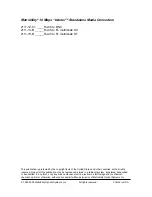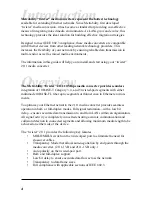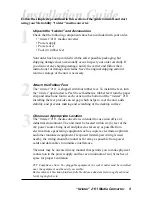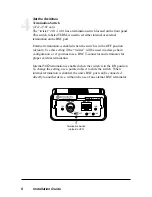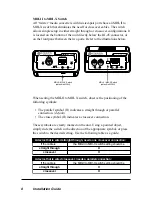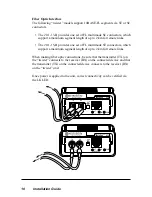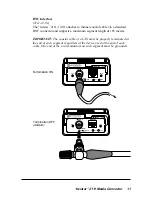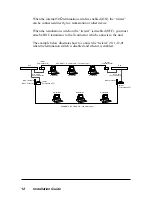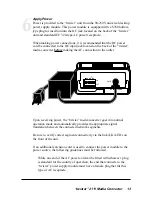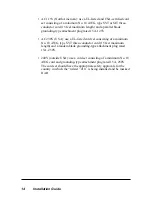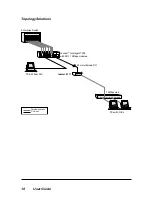
16
User Guide
Transparency Mode
(2111-13-B and 2111-15-B only)
By default, the “twister” 2111-13-B and 2111-15-B are configured with the
Transparency Mode enabled (ON). In this mode, the “twister” is completely
transparent to devices connected to its ports. To the end devices, it appears that they
have a direct connection to each other and can auto-negotiate their duplex mode.
Both end devices can also see any link loss conditions simultaneously. For most
applications, we recommend this mode of operation.
The following diagram shows a typical network configuration using two “twister”
2111-xx-B media converters for remote connectivity. Because Transparency (TSP) is
enabled, the end devices can negotiate whether to use half or full duplex.
Switch/Hub
w/SNMP
Remote
Device
2111-xx-B
twister
LED lit = established link
LED unlit = no link
2111-xx-B
twister
TSP is ON
TSP is ON
Auto-negotiation occurs end to end
TX
FX
TX
Management
Station
When the end devices have auto-negotiation (AN) enabled, a loss of link anywhere
in the segment is propagated to both ends, as shown in the diagram below. This
allows both end devices to become aware of any link loss condition.
Switch/Hub
w/SNMP
Remote
Device
2111-xx-B
twister
LED lit = established link
LED unlit = no link
2111-xx-B
twister
TSP is ON
TSP is ON
Link loss indication sent to both ends
AN is ON
AN is ON
TX
FX
TX
Management
Station
If auto-negotiation is disabled on the end devices, a loss of link anywhere along the
segment will be propagated to both ends except when the failure occurs on a single
fiber strand, as shown in the following diagram. In this situation, the link loss will be
forwarded in only one direction.

